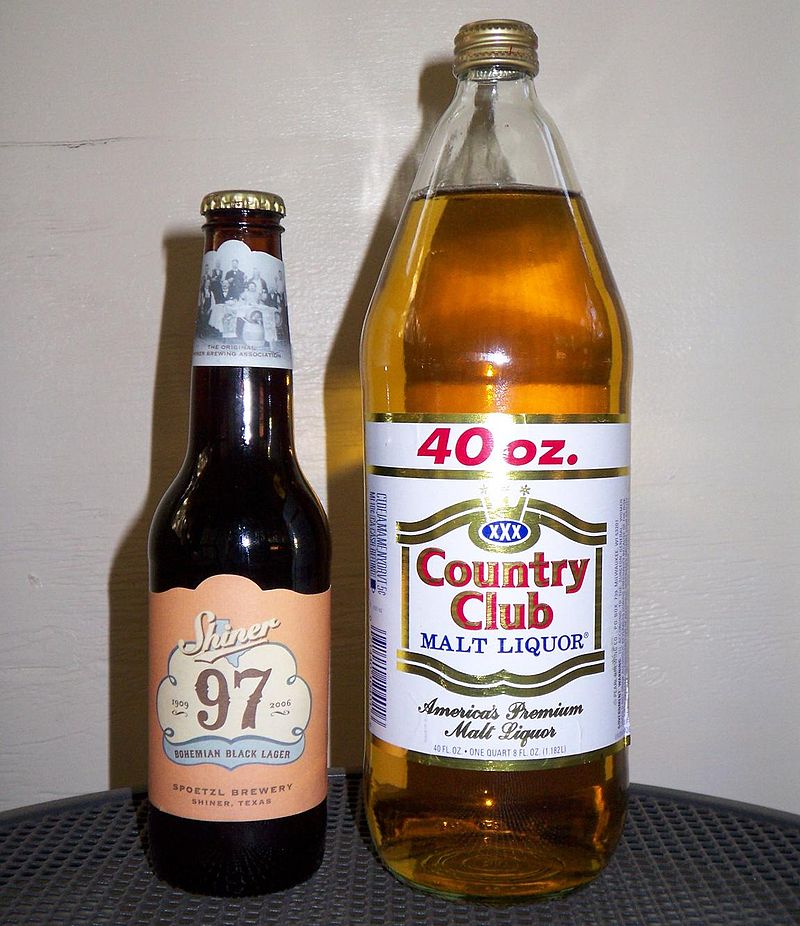Galveston Liquor: Wide Choice of High Quality Moods for each Taste
Wiki Article
The Ultimate Distillery Experience: From Grain to Glass, Everything You Required to Know
Beginning on a journey with the intricacies of the distillery process reveals a globe where science satisfies virtuosity in the creation of spirits. From the mindful option of grains to the careful crafting of each bottle, every step in the manufacturing line plays a crucial function in forming the last item that graces our glasses.The Art of Grain Choice
Picking the perfect grains is an important action in the purification process, establishing the taste profile and high quality of the end product. The kind of grain chosen dramatically affects the character of the spirit being generated - Seawall Bar. Common grains utilized in purification include barley, corn, wheat, and rye, each conveying distinctive flavors and features to the last product
Beyond taste considerations, the quality and purity of the grains are vital. Distillers diligently resource grains to guarantee they are without pollutants and possess the needed starch web content for fermentation. By understanding the art of grain option, distillers lay the structure for developing exceptional spirits that captivate the palate.
Distillation Process Demystified
Having established the foundation with meticulous grain selection, the distillation process becomes the transformative phase where the significance of the picked grains is opened and improved right into a perky kind. Purification is a systematic procedure that relies upon the principle of dividing alcohol from a mix based upon distinctions in steaming factors. When the fermented mash is heated up in the still, the alcohol evaporates at a lower temperature than water and various other substances, enabling its removal. As the alcohol vapors climb and pass with the still, they condense back into liquid kind, causing a higher proof extract. This extract, likewise called the 'heart cut,' is the purest and best section of the purification run. The procedure doesn't finish there; several purification runs or extra steps such as maturing in barrels may better fine-tune the spirit, boosting its flavor, personality, and complexity. Comprehending the ins and outs of the purification procedure is important for creating high-quality spirits that mesmerize connoisseurs and lovers alike.Barrel Aging and Taste Development
Throughout the barrel aging procedure, spirits undertake a transformative trip as they communicate with the timber, taking in nuanced tastes and establishing an abundant intricacy. As spirits age in the barrels, they remove compounds such as vanillin, lignin, and tannins from the wood, adding to the advancement of fragrances like vanilla, caramel, spice, and even hints of toasted oak.Furthermore, the aging process permits oxidation to take place, bring about further chemical reactions that smooth the spirit and complete any type of severe edges. The porous nature of timber likewise allows the spirit to breathe, helping with the integration of tastes gradually. Depending upon the period of aging and environmental conditions like temperature and moisture, spirits can get various attributes, from subtle timber notes to deep, intricate flavors that make each batch one-of-a-kind. Eventually, barrel aging plays a pivotal role fit the distinctive taste account of each spirit, using a sensorial journey for connoisseurs to enjoy.
Craftsmanship in Bottling and Classifying
As spirits reach their ideal taste profiles with barrel aging, the precise workmanship in bottling and identifying becomes the next crucial action in presenting a premium item to consumers. The procedure of identifying and bottling is an important element of the general distillery experience, as it is the final touchpoint prior to the product reaches the hands of consumers (Seawall Bar). Craftsmanship in bottling includes making certain that each container is filled Breweries in Galveston Texas exactly with the spirit, taking right into account variables such as consistency in fill levels and the prevention of any pollutants getting in the container
Sampling and Valuing Great Spirits
To totally value great spirits, one must engage all the senses in a mindful and intentional sampling experience. When sampling penalty spirits, it is important to start by observing the spirit's appearance. Note the color, clarity, and thickness of the fluid in the glass. Swirl the spirit delicately to launch its fragrance. The nose is a critical feeling in sampling spirits; take a minute to breathe in the facility aromas deeply. Next off, take a tiny sip and allow it linger on your taste. Pay focus to the various tastes that unravel - from sweet and fruity notes to spicy or smoky undertones. Consider the mouthfeel, noting if the spirit is smooth, velvety, or fiery. Swish the spirit in your mouth to fully experience its texture and preference. Ultimately, ingest gradually and appreciate the remaining surface. Great spirits usually leave an enjoyable aftertaste that can reveal much more regarding the craftsmanship and top quality of the drink. By engaging all your detects in this way, you can really savor and value the complexities of great spirits.Final Thought
Finally, the distillery experience incorporates the elaborate art of grain option, the accurate purification process, the transformative barrel aging, the careful craftsmanship in labeling and bottling, and the innovative practice of sampling and valuing fine spirits. Each action in the production process plays a crucial function in developing high-grade spirits that mesmerize the detects and delight lovers worldwide.The kind of grain chosen dramatically influences the personality of the spirit being produced. By grasping the art of grain option, distillers lay the foundation for producing extraordinary spirits that astound the palate.

Report this wiki page